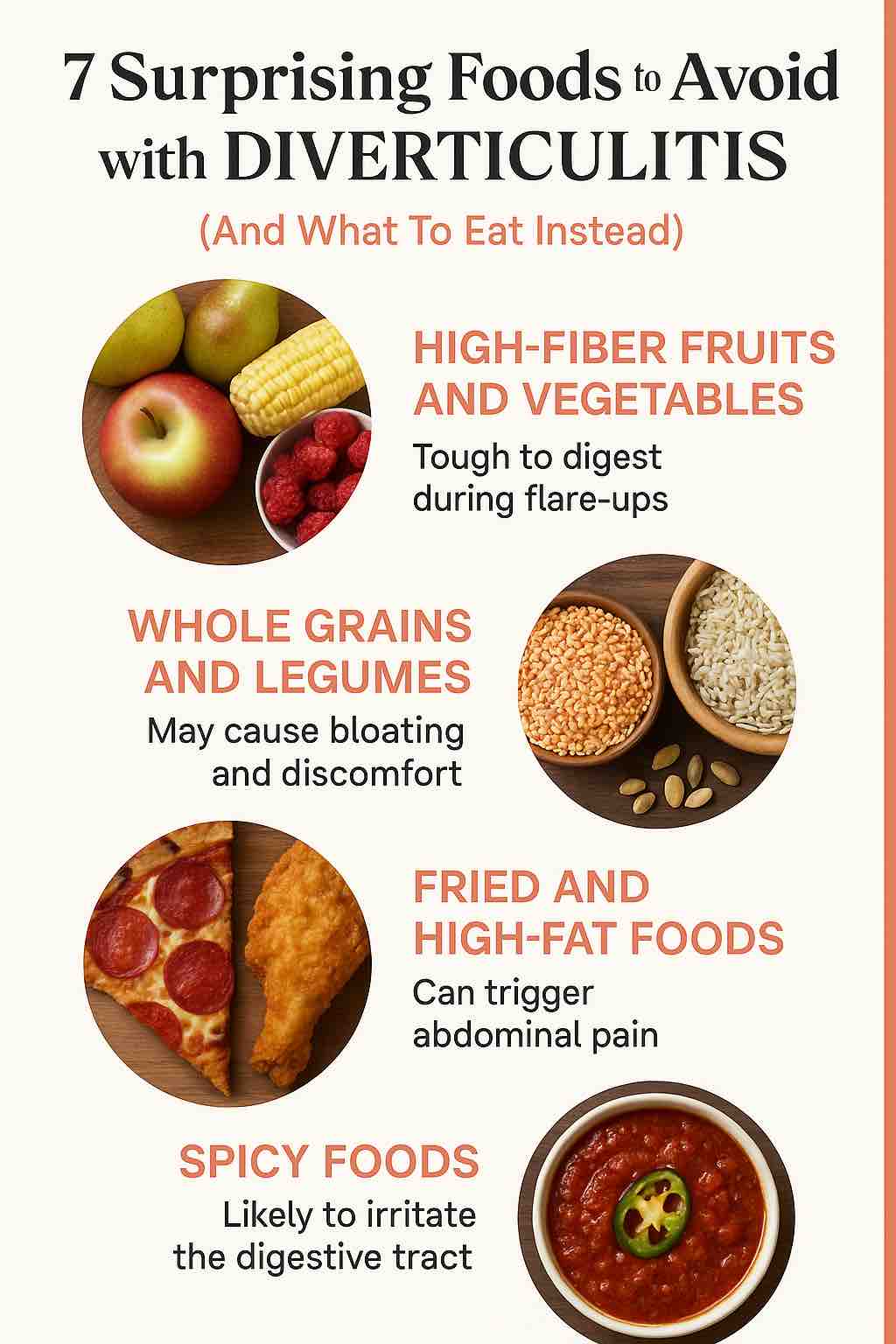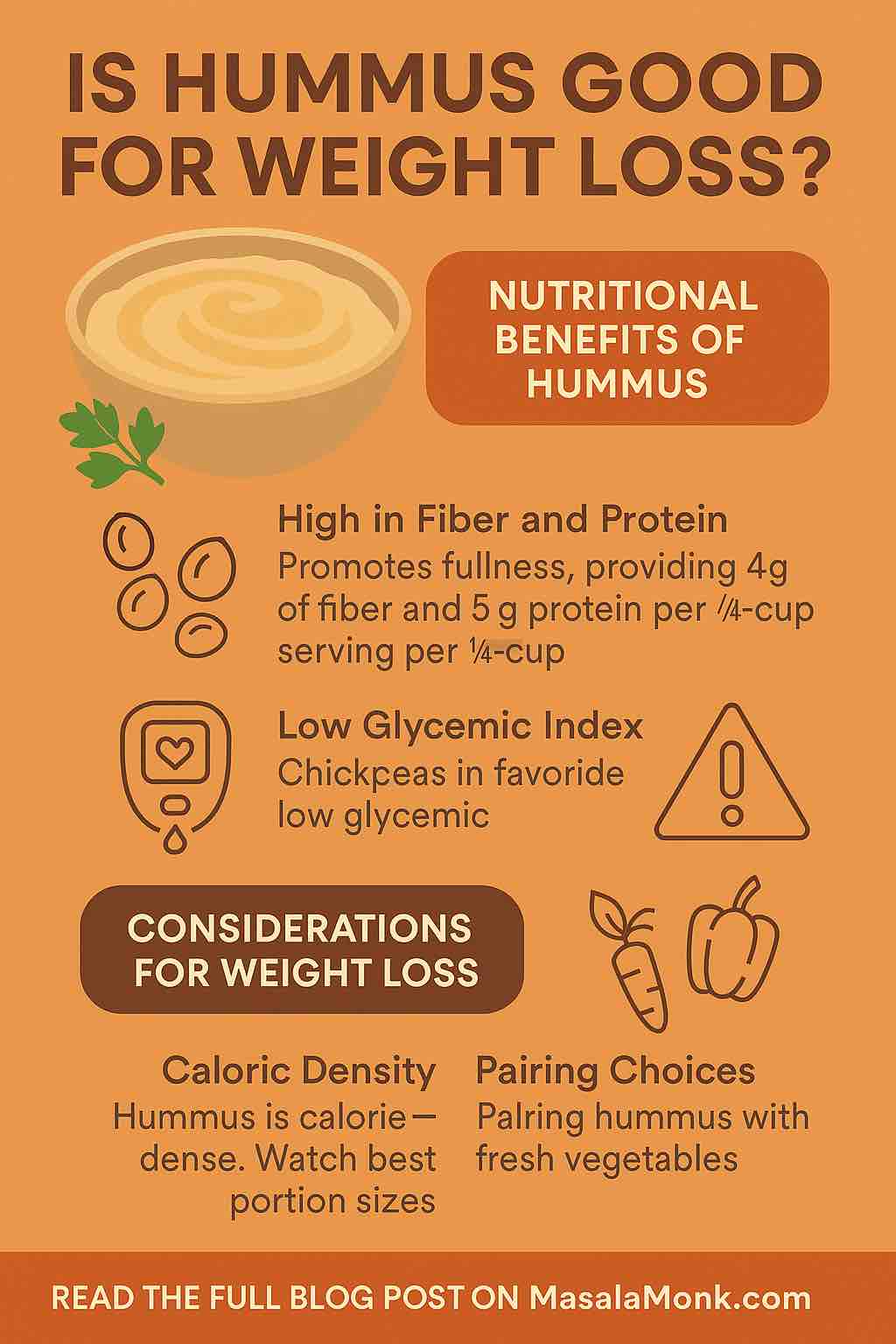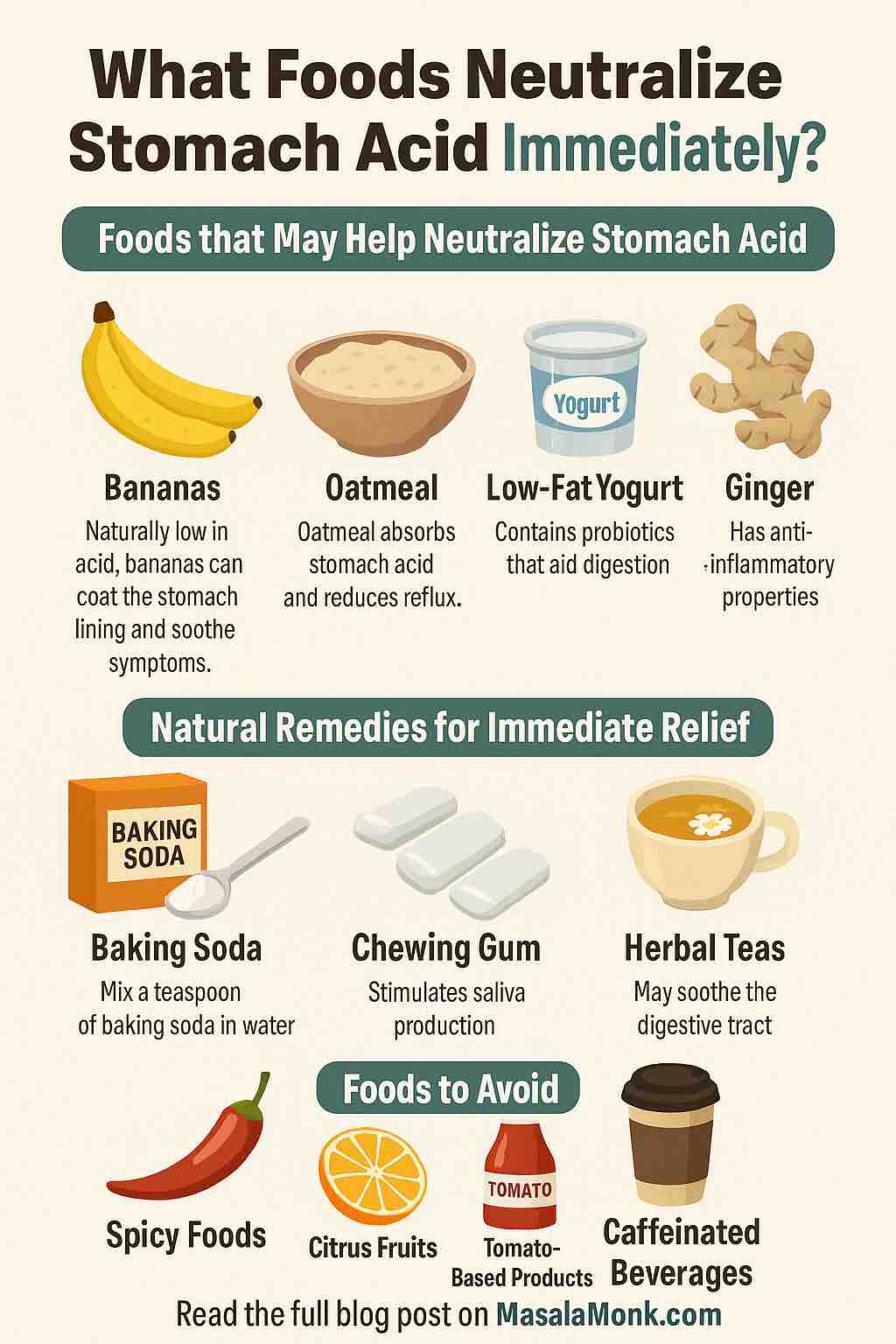
If you’ve ever felt that burning sensation after a hearty meal, you’re not alone. Acid reflux—also known as GERD (Gastroesophageal Reflux Disease)—affects millions of people worldwide. The good news? Your diet can make a massive difference. And one of the most effective natural ways to manage acid reflux is by incorporating alkaline foods into your meals.
But what does “alkaline” really mean, and why does it matter for acid reflux? Let’s explore that—and reveal five powerful alkaline foods that may help relieve symptoms and restore digestive comfort.
🌡️ What Is Acid Reflux, and Why Does Alkaline Matter?
Acid reflux occurs when stomach acid flows backward into the esophagus, leading to symptoms like:
- Burning in the chest (heartburn)
- Sour taste in the mouth
- Bloating
- Nausea
- Difficulty swallowing
This backward flow often happens when the lower esophageal sphincter (LES) weakens or relaxes inappropriately.
While medication is often prescribed, dietary changes offer a long-term, holistic solution. Here’s where the alkaline diet comes in.
🧪 The Alkaline Diet in a Nutshell:
- Foods are categorized by their potential renal acid load (PRAL).
- Alkaline foods have a negative PRAL score, meaning they don’t contribute acid to the body.
- Eating more alkaline foods may help neutralize excess stomach acid, supporting a healthier gut environment.
Let’s break down five of the most effective alkaline foods for acid reflux relief.
🥇 1. Bananas – Nature’s Digestive Soother
pH level: ~5.6 (low-acid, slightly alkaline effect in the body)
Bananas are gentle on the stomach, high in pectin (a soluble fiber), and excellent at helping food move through the digestive tract efficiently. Their natural sweetness satisfies sugar cravings without triggering acid reflux.
Why it helps:
- Coats the esophageal lining
- Aids digestion
- Provides quick energy and potassium
👉 Tip: Add sliced banana to oatmeal with almond milk for a reflux-friendly breakfast.
🥈 2. Melons – Hydration and Alkalinity in One
Examples: Cantaloupe, Honeydew, Watermelon
pH level: ~6.1–6.7
Melons are incredibly hydrating and alkaline-forming. Thanks to their high water content, they help dilute stomach acid and prevent irritation.
Why it helps:
- Soothes the GI tract
- Reduces inflammation
- Promotes hydration, which is essential for digestion
👉 Tip: Enjoy a melon fruit salad or blend into a smoothie with spinach and coconut water.
🥉 3. Cauliflower – A Versatile Alkaline Superfood
pH level: ~7.0
Cauliflower isn’t just a keto hero—it’s also an alkaline powerhouse. Loaded with fiber, antioxidants, and anti-inflammatory compounds, it supports gut health and helps reduce acidity.
Why it helps:
- Promotes bowel regularity
- Acts as a natural anti-inflammatory
- Neutralizes excess stomach acid
👉 Tip: Roast it with turmeric and olive oil, or mash it as a reflux-safe alternative to potatoes.
🏅 4. Fennel – The Gut-Friendly Herb
pH level: Slightly alkaline
Flavor: Mildly sweet with a licorice note
Fennel has been used for centuries as a natural remedy for indigestion and bloating. It contains anethole, a compound that calms stomach spasms and improves motility, which can reduce reflux episodes.
Why it helps:
- Relaxes the gastrointestinal tract
- Reduces bloating and gas
- Helps tighten the LES
👉 Tip: Slice fresh fennel into salads or steep fennel seeds in hot water for a soothing tea.
🎖️ 5. Almonds – Crunchy, Alkaline, and Satisfying
pH level: ~7.0–8.0
Almonds are one of the few nuts that are alkaline-forming. They provide healthy fats, protein, and fiber—making them a reflux-friendly snack that keeps you full without triggering acid production.
Why it helps:
- Doesn’t overstimulate stomach acid
- Rich in magnesium, which supports LES function
- Stabilizes blood sugar levels
👉 Tip: Munch on raw almonds between meals or make your own almond butter for toast.
🔍 Scientific Insight: Can Alkaline Foods Really Help?
Research suggests that alkaline diets may offer relief from reflux by reducing acid exposure and supporting healthier esophageal conditions.
📚 Study Spotlight:
A 2017 study published in JAMA Otolaryngology found that a plant-based Mediterranean diet paired with alkaline water was just as effective as PPI medications in reducing symptoms of laryngopharyngeal reflux.
“Alkaline water with a pH of 8.8 can deactivate pepsin, an enzyme that damages the esophagus during acid reflux episodes.”
— Dr. Jamie Koufman, reflux specialist
✅ Bonus: Tips for an Alkaline, Reflux-Friendly Lifestyle
- Stay upright after eating: Wait 2–3 hours before lying down.
- Chew slowly and thoroughly: This helps kickstart digestion.
- Avoid overeating: Large meals increase stomach pressure and reflux risk.
- Hydrate with alkaline water: It may offer added neutralization.
- Limit trigger foods: Common culprits include coffee, chocolate, spicy foods, and tomato-based dishes.
🧠 Final Thoughts
While medications can offer quick relief, alkaline foods provide a sustainable and natural way to manage acid reflux. From the potassium-packed banana to the soothing fennel bulb, your kitchen can become your first line of defense against heartburn.
Remember: Everyone’s body is different. Keeping a food journal and working with a healthcare provider can help tailor the best diet for your needs.
Did you find this guide helpful?
Share it with someone battling reflux—or leave a comment below with your favorite alkaline food!
📌 10 FAQs About Alkaline Foods and Acid Reflux
1. What are alkaline foods?
Alkaline foods are those that help raise the body’s pH level. They typically include fruits, vegetables, nuts, and legumes, and they produce fewer acidic byproducts after digestion.
2. How do alkaline foods help with acid reflux?
Alkaline foods help neutralize excess stomach acid, reduce inflammation, and support better digestion—minimizing acid reflux symptoms like heartburn and regurgitation.
3. Are bananas good for acid reflux?
Yes, bananas are low in acid and rich in fiber, which makes them gentle on the digestive system. They can help coat the stomach lining and reduce acid reflux symptoms.
4. Is drinking alkaline water good for acid reflux?
Yes. Alkaline water with a pH above 8.0 may help deactivate pepsin, a key enzyme involved in reflux, and neutralize excess stomach acid.
5. Can I eat nuts if I have acid reflux?
Yes, but stick to low-acid, alkaline-forming nuts like almonds. Avoid heavily salted, roasted, or flavored nuts, which can irritate the digestive tract.
6. What fruits are best for acid reflux?
Bananas, melons (like cantaloupe and honeydew), and papayas are excellent choices. They’re low in acid and high in water and fiber.
7. Are there any vegetables I should avoid with acid reflux?
Yes. Tomatoes, onions, and garlic can trigger acid reflux in some people due to their high acid content. Stick to alkaline vegetables like cauliflower, spinach, and fennel.
8. How quickly do alkaline foods help with acid reflux?
Some people notice relief within a few days, while for others, consistent dietary changes over a few weeks may be needed. Results vary by individual and severity of symptoms.
9. Is the alkaline diet scientifically proven for GERD?
While full-body alkalization is debated, studies show that plant-based and alkaline-forming diets can reduce acid reflux symptoms and improve digestive health.
10. What other lifestyle changes support acid reflux relief?
Avoid overeating, stay upright after meals, reduce stress, quit smoking, and maintain a healthy weight. Combining these with an alkaline-rich diet can lead to lasting relief.













